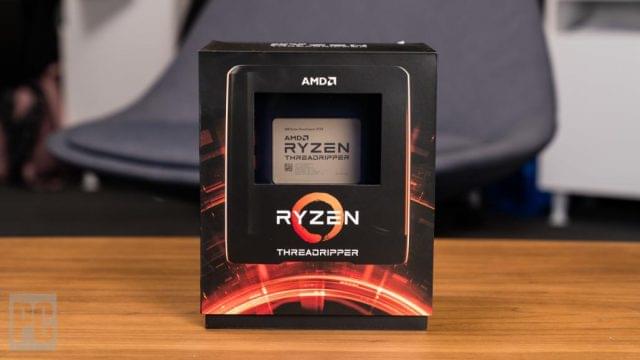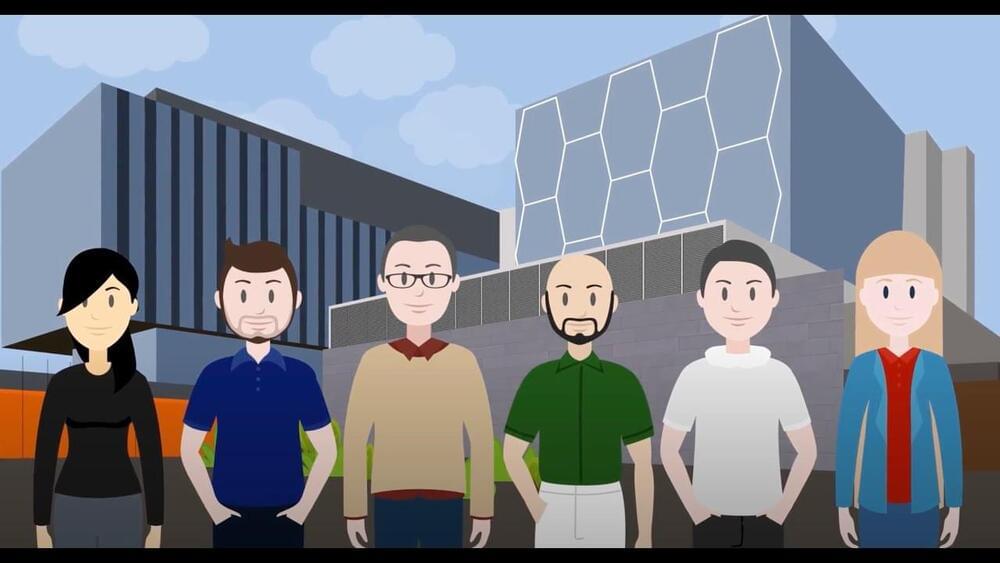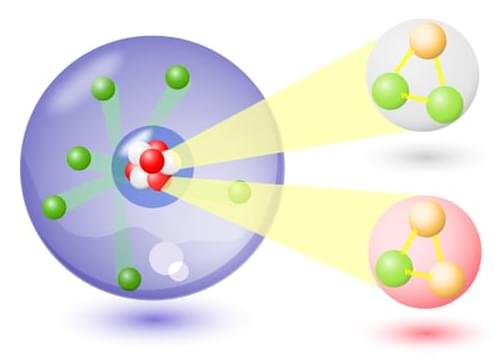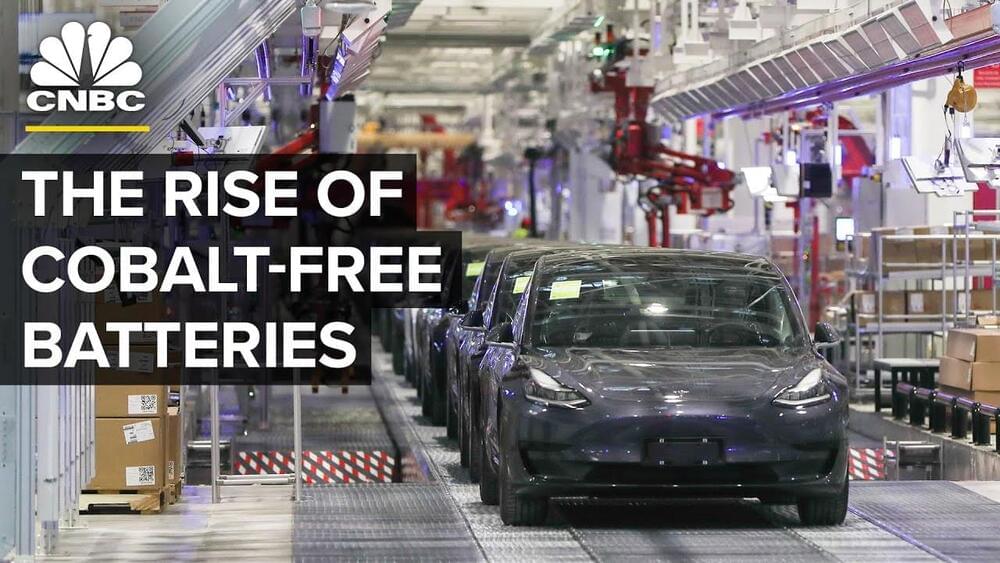Nov 13, 2021
Tiny chip provides a big boost in precision optics
Posted by Genevieve Klien in categories: computing, innovation
“If you want to measure something with very high precision, you almost always use an optical interferometer, because light makes for a very precise ruler,” says Jaime Cardenas, assistant professor of optics at the University of Rochester.
Now, the Cardenas Lab has created a way to make these optical workhorses even more useful and sensitive. Meiting Song, a Ph.D. student, has for the first time packaged an experimental way of amplifying interferometric signals—without a corresponding increase in extraneous, unwanted input, or “noise”—on a 1 mm by 1 mm integrated photonic chip. The breakthrough, described in Nature Communications, is based on a theory of weak value amplification with waveguides that was developed by Andrew Jordan, a professor of physics at Rochester, and students in his lab.

















